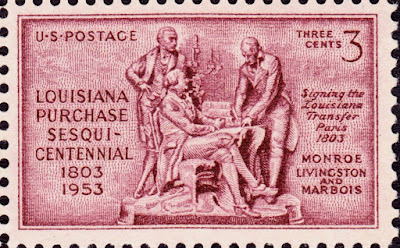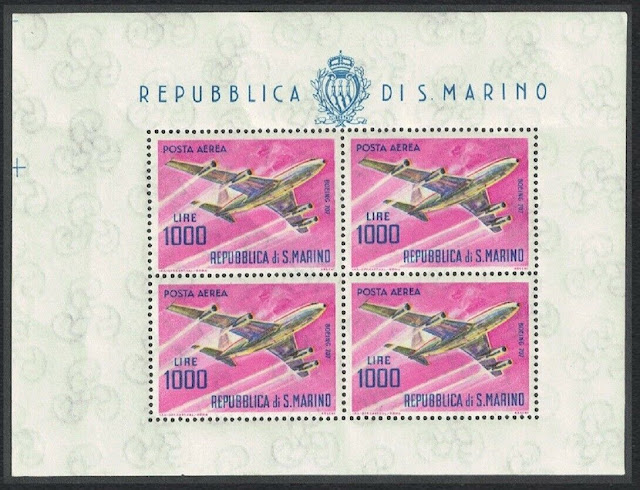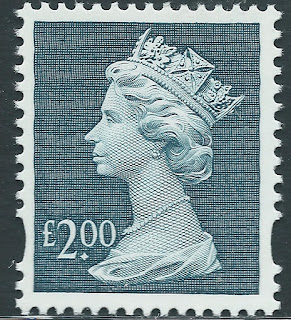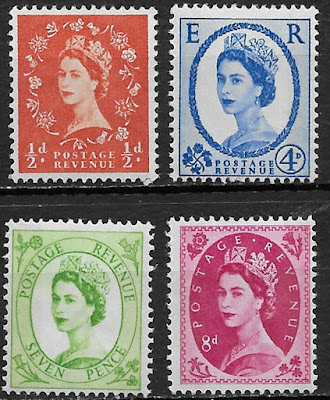1606 – The Virginia Company loads three ships with settlers and sets sail to establish Jamestown, Virginia, the first permanent English settlement in the Americas.
The Jamestown settlement in the Colony of Virginia was the first permanent English settlement in the Americas. It was located on the northeast bank of the James (Powhatan) River about 2.5 mi (4 km) southwest of the center of modern Williamsburg. It was established by the Virginia Company of London as "James Fort" on May 4, 1607 old style date; (May 14, 1607 new style date), and was considered permanent after a brief abandonment in 1610. It followed several failed attempts, including the Lost Colony of Roanoke, established in 1585 on Roanoke Island. Jamestown served as the colonial capital from 1616 until 1699.
The settlement was located within the country of Tsenacommacah, which belonged to the Powhatan Confederacy, and specifically in that of the Paspahegh tribe. The natives initially welcomed and provided crucial provisions and support for the colonists, who were not agriculturally inclined. Relations quickly soured, and the colonists would annihilate the Paspahegh in warfare within four years.
Despite the dispatch of more settlers and supplies, including the 1608 arrival of eight Polish and German colonists and the first two European women,more than 80 percent of the colonists died in 1609–10, mostly from starvation and disease. In mid-1610, the survivors abandoned Jamestown, though they returned after meeting a resupply convoy in the James River.
In August 1619, the first recorded slaves from Africa to British North America arrived in what is now Old Point Comfort near the Jamestown colony, on a British privateer ship flying a Dutch flag. The approximately 20 Africans from the present-day Angola had been removed by the British crew from a Portuguese slave ship, the "São João Bautista".
They most likely worked in the tobacco fields as slaves under a system of race-based indentured servitude. The modern conception of Slavery in the colonial United States was formalized in 1640 (the John Punch hearing) and was fully entrenched in Virginia by 1660.
The London Company's second settlement in Bermuda claims to be the site of the oldest town in the English New World, as St. George's, Bermuda was officially established in 1612 as New London, whereas James Fort in Virginia was not converted into James Towne until 1619, and further did not survive to the present day.
In 1676, Jamestown was deliberately burned during Bacon's Rebellion, though it was quickly rebuilt. In 1699, the colonial capital was moved to what is today Williamsburg, Virginia; Jamestown ceased to exist as a settlement, and remains today only as an archaeological site.
Today, Jamestown is one of three locations composing the Historic Triangle of Colonial Virginia, along with Williamsburg and Yorktown, with two primary heritage sites. Historic Jamestowne is the archaeological site on Jamestown Island and is a cooperative effort by Jamestown National Historic Site (part of Colonial National Historical Park) and Preservation Virginia. Jamestown Settlement, a living history interpretive site, is operated by the Jamestown Yorktown Foundation, a state agency of the Commonwealth of Virginia.
1803 – The Louisiana Purchase is completed at a ceremony in New Orleans.
The Louisiana Purchase (French: Vente de la Louisiane 'Sale of Louisiana') was the acquisition of the territory of Louisiana by the United States from France in 1803. In return for fifteen million dollars, the U.S. acquired a total of 828,000 sq mi (2,140,000 km2; 530,000,000 acres). The treaty was negotiated by French Treasury Minister François Barbé-Marbois (acting on behalf of Napoleon) and American delegates James Monroe and Robert R. Livingston (acting on behalf of President Thomas Jefferson).
The Kingdom of France had controlled the Louisiana territory from 1699 until it was ceded to Spain in 1762. In 1800, Napoleon, then the First Consul of the French Republic, regained ownership of Louisiana as part of a broader project to re-establish a French colonial empire in North America. However, France's failure to put down a revolt in Saint-Domingue, coupled with the prospect of renewed warfare with the United Kingdom, prompted Napoleon to consider selling Louisiana to the United States.
Here are some US stamps and a First Day Cover depicting the Louisiana Purchase

1957 – The initial production version of the Boeing 707 makes its first flight.
The Boeing 707 is an American mid-sized, mid- to long-range, narrow-body, four-engine jet airliner built by Boeing Commercial Airplanes from 1958 to 1979. Versions of the aircraft have a capacity from 140 to 219 passengers and a range of 2,500 to 5,750 nautical miles (2,880 to 6,620 mi; 4,630 to 10,650 km).
Developed as Boeing's first jet airliner, the 707 is a swept-wing design with podded engines. Although it was not the first jetliner in service, the 707 was the first to be commercially successful. Dominating passenger air transport in the 1960s and remaining common through the 1970s, the 707 is generally credited with ushering in the Jet Age. It established Boeing as one of the largest manufacturers of passenger aircraft, and led to the later series of airliners with "7x7" designations. The later 720, 727, 737, and 757 share elements of the 707's fuselage design.
The 707 was developed from the Boeing 367-80, a prototype jet first flown in 1954. A larger fuselage cross-section and other modifications resulted in the initial-production 707-120, powered by Pratt & Whitney JT3C turbojet engines, which first flew on December 20, 1957. Pan American World Airways began regular 707 service on October 26, 1958. Later derivatives included the shortened long-range 707-138, "hot and high" 707-220 and the stretched 707-320, all of which entered service in 1959. A smaller short-range variant, the 720, was introduced in 1960. The 707-420, a version of the stretched 707 with Rolls-Royce Conway turbofans, debuted in 1960, while Pratt & Whitney JT3D turbofans debuted on the 707-120B and 707-320B models in 1961 and 1962, respectively.
The 707 has been used on domestic, transcontinental, and transatlantic flights, and for cargo and military applications. A convertible passenger-freighter model, the 707-320C, entered service in 1963, and passenger 707s have been modified to freighter configurations. Military derivatives include the E-3 Sentry airborne reconnaissance aircraft and the C-137 Stratoliner VIP transports. A total of 865 Boeing 707s were produced and delivered along with over 800 military versions.
Stamps from Ireland and San Marino depicting a Boeing 707
During his writing career, he authored 33 books, with one book coauthored alongside Edward Ricketts, including 16 novels, six non-fiction books, and two collections of short stories. He is widely known for the comic novels Tortilla Flat (1935) and Cannery Row (1945), the multi-generation epic East of Eden (1952), and the novellas The Red Pony (1933) and Of Mice and Men (1937). The Pulitzer Prize-winning The Grapes of Wrath (1939) is considered Steinbeck's masterpiece and part of the American literary canon. In the first 75 years after it was published, it sold 14 million copies.
Most of Steinbeck's work is set in central California, particularly in the Salinas Valley and the California Coast Ranges region. His works frequently explored the themes of fate and injustice, especially as applied to downtrodden or everyman protagonists.
US stamp and FDC commemorating John Steinbeck
Elizabeth II (Elizabeth Alexandra Mary Windsor; born 21 April 1926) is Queen of the United Kingdom and the other Commonwealth realms.
Elizabeth was born in London as the first child of the Duke and Duchess of York, later King George VI and Queen Elizabeth, and she was educated privately at home. Her father acceded to the throne on the abdication of his brother King Edward VIII in 1936, from which time she was the heir presumptive. She began to undertake public duties during the Second World War, serving in the Auxiliary Territorial Service. In 1947, she married Prince Philip, Duke of Edinburgh, a former prince of Greece and Denmark, with whom she has four children: Charles, Prince of Wales; Anne, Princess Royal; Prince Andrew, Duke of York; and Prince Edward, Earl of Wessex
Stamps from Great Britain depicting Elizabeth II












I have these stamps. How much can I get for them Fathima khan 0671310815
ReplyDelete